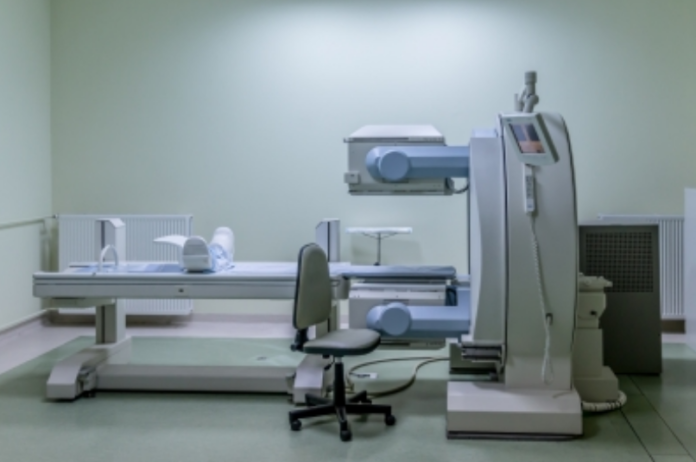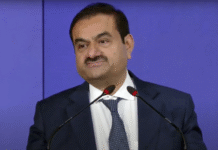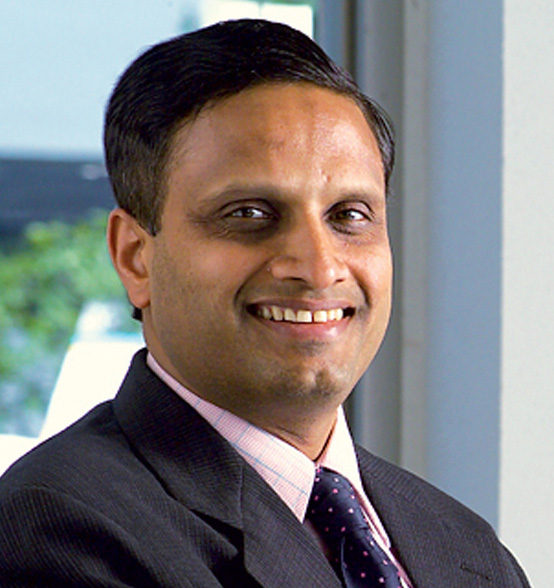New Delhi— India’s radiology sector is undergoing rapid transformation, driven by rising adoption of AI-powered technologies, remote monitoring solutions, and growing healthcare investments, according to a new report by tech-enabled market intelligence firm 1Lattice.
The report highlights a growing shift toward modern, tech-integrated diagnostic services, with India now registering over 1.48 lakh radiology devices. Maharashtra leads with 20,590 devices, followed by Tamil Nadu (15,267) and Uttar Pradesh (12,236), signaling widespread digitization beyond metro areas.
“Radiology is evolving from a hospital-based specialty into a core component of primary and preventive care,” said Sanjay Sachdeva, Director of Healthcare and Lifesciences at 1Lattice. “AI, portability, and remote monitoring are improving access, accuracy, and the overall delivery of diagnostics across India.”
AI-powered Remote Patient Monitoring (RPM) is playing a key role, enabling real-time health tracking and reducing the need for frequent in-person visits.
India’s radiology equipment market is projected to grow from $7.1 billion in FY25 to $13.5 billion by FY30, reflecting a robust 10% CAGR—double the global growth rate of 5%, which is expected to take the global market from $34 billion in 2025 to $43 billion by 2030.
Key growth drivers include advancements in digital radiography and ultrasound, a rising burden of chronic diseases such as cancer and cardiovascular conditions, and government initiatives like Ayushman Bharat and the National Digital Health Mission (NDHM).
Despite the progress, the report notes ongoing challenges, including the high cost of advanced imaging equipment, disparities in rural access, and concerns about radiation exposure. Nonetheless, as India moves toward a more decentralized, tech-driven healthcare model, radiology is poised to play a central role in enabling timely and accurate diagnosis. (Source: IANS)







